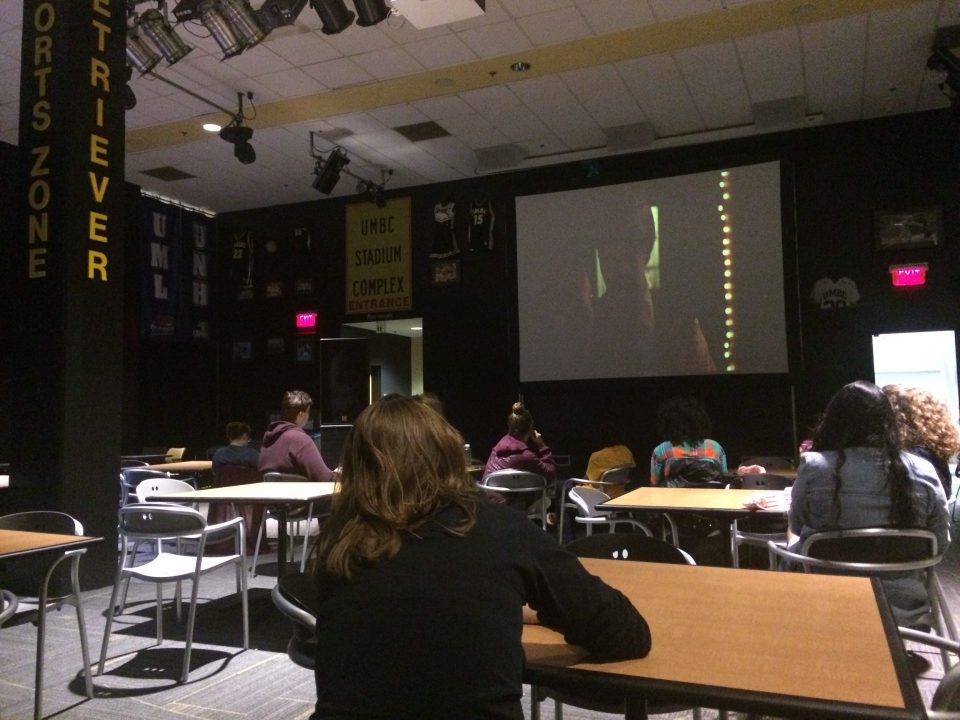“Lady Bird,” directed by Greta Gerwig, is a film about a young girl’s coming of age. At the center of this movie, however, is her conflicting yet loving relationship with her mother, Marion. The opening scene depicts how their personalities clash in a manner that carries throughout the film. This movie, in all its fervor, was played on campus this past weekend as part of the Student Events Board’s weekly movie showings.
“Lady Bird” follows the titular character throughout her final year of high school. She has a desire for a life of travel and adventure that she feels cannot be quenched if she remains in her hometown of Sacramento. She yearns for college on the east coast, despite Marion’s wishes.
Lady Bird seems to have chosen this name for herself as part of her search for an identity. The force by which Lady Bird throws herself into her new identity and her future is at odds with her mother, who feels she should remain near home during her formative years. The opening scene of the film depicts this fervor opaquely when Lady Bird throws herself out of a moving car to escape an argument of this nature with her mother.
This conflict is the most prevalent throughout the film, and it ends in Lady Bird’s favor. One may hope to see a clear reconciliation between Lady Bird and Marion, and while they seem to have wished for that too, they make their peace with the new distance between them.
“Lady Bird” also portrays high school life in a realistic light. The Catholic school that Lady Bird attends feels devoid of the gloss movies typically paint high schools with. One moment that held true to the Catholic school experience was the ‘skirt check,’ where all the female students stood up to ensure their skirts were not too short. Even with this scene, Gerwig ensured that Catholic school and religion were not portrayed in a negative light.
Despite their tumultuous relationship, Lady Bird does not resent her mother for sending her to Catholic school, the safer alternative to the zoned public school. Even though Lady Bird does not seem to have any religious inclinations, there is a scene of her looking fondly down at a church from its balcony, likely honoring the institution’s hand in her youth.
The average college student can relate to Lady Bird’s strife. Looking back at anyone’s college aspirations, students may relate to Lady Bird’s dreams and her will to write her own future. Throughout the film, she saw her mother as an obstacle to her path, but she learns to appreciate her for her influence on who she became. And in the end, she honors her mother by taking her given name, Christine, once more.
There were some technical issues with the movie’s showing on Thursday. It seemed that the crew involved were unable to turn off the lights in the Sports Zone, and so the room’s lighting made the film difficult to view in many scenes. The subsequent showings in the RAC will likely provide better viewing experiences.
Even so, “Lady Bird” is a film that asks viewers to recognize that the past has a part in who you are today. Just as Lady’s Bird’s mother, family, friends, and hometown helped sculpt her identity, the environments and people you have encountered have had a hand on you.


